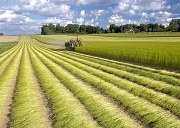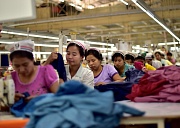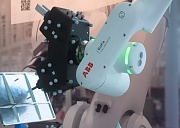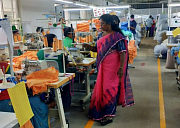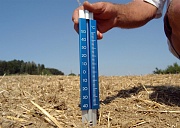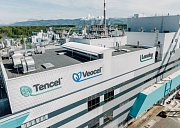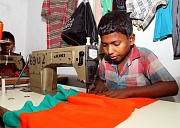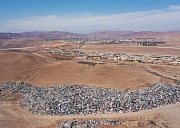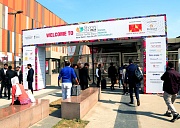Brooklyn-based Caroline Priebe is a US sustainable fashion designer with two decades of experience under her belt, so Tom Bithell caught up with her for a quick Q&A about her ideas on designing for true sustainability.
Q: How is a garment sustainably designed?

A: garment is only as sustainable as the system it is produced in. I design for the bio-cycle, meaning my goal is always to design emotionally and physically durable apparel that lasts a long time but at the very end of its usable life, could safely return to earth as nutrients.
The supply chain is ideally regionally organised and not powered by coal. Working conditions within the supply chain are safe and workers are free to organize and are paid fairly.
There has been a lot of incorrect and/or misleading data reported
Q: What are the challenges and issues that you face when you design with the end of product life in mind?
A: In the US we don’t have regional and/or municipal options for garment collection, sorting, recycling, and/or composting. Some brands offer take-back programs, but it doesn’t seem preferable to ship used clothing around the country from an emissions perspective.
Q: When it comes to garment repairing/sorting/ recycling, what do you have to consider?
A: In each case, what options are available and how do we best communicate those options to the end user. In many cases, the options are limited to none, but hopefully, that is changing. As a designer, picking a cycle (bio or tech) and designing it is key. When you mix bio-based materials (bio-cycle) with synthetic polymers (tech cycle) you greatly reduce the chances of a garment’s ability to be recycled.
Q: Is it possible to design out the waste?
A: I’m trying. I’m currently launching a brand called Driftless Goods that hopes to do just that. The pieces are designed for emotional and physical durability but at the eventual end of their life, they could be safely buried in your backyard where they would become nutrients for soil.
A garment is only as sustainable as the system it is produced in
Q: Can tech solve the issues designers are facing, and can you provide some examples?
A: Tech can help in some instances but I wouldn’t say “solve” design issues. I argue the design issue is that of the business model of big public apparel companies that legally require compound annual growth which is totally incompatible with planetary boundaries. As the companies grow exponentially, infinitely, so do their aggregate emissions and waste.
Digital passports can provide supply chain transparency as well as facilitate resale, repair, sorting, and recycling. 3D software can reduce sampling and help get better fits.
Q: Regarding organic cotton, does the amount of water it takes to grow the crop concern you or influence your decision to use it over synthetic cotton?
It doesn't. There has been a lot of incorrect and/or misleading data reported in regard to cotton and water usage. There have been quite a few good reports that have come out in the past couple of years debunking the myth that cotton is a “thirsty crop”. In addition, cotton can be grown via regenerative farming practices and we can reward farmers for doing so, creating more equitable sourcing arrangements while sequestering carbon and building soil health.
 Q: Synthetic materials offer a lot of variety, is it possible to rely entirely on organic textiles?
Q: Synthetic materials offer a lot of variety, is it possible to rely entirely on organic textiles?
For me, I don’t have a need for synthetic materials. I have always been able to source what I need both aesthetically and functionally via bio-based textiles.
Q: What is the best process, that you’ve come across, to deal with synthetic textile waste in an environmentally friendly way?
I don’t have one. Apparel and footwear have long been designed with no thought as to how they will be repaired, or disassembled, how well the material will recycle, or how the dyes and chemicals in the fabric will render recycling or composting impossible.
Q: Do you think domestic supply chains are sustainable in the current climate?
I think building regional supply chains is ideal but not always possible. Regional supply chains yield better supplier relationships, distribute wealth within a community and have a lower carbon footprint. Unfortunately, we stopped valuing manufacturing in the 90s and lost both the machinery and skilled labour force. I like to design what is left and if I had the resources, I would invest in building new manufacturing facilities.












